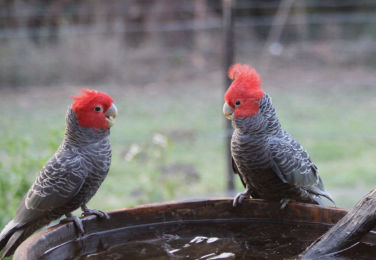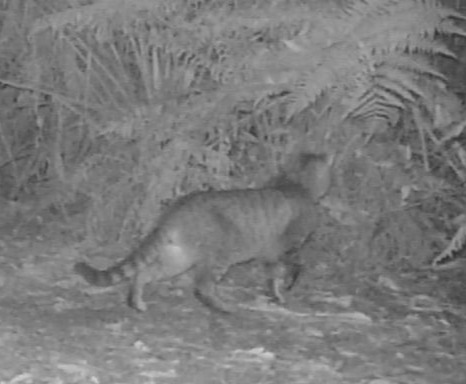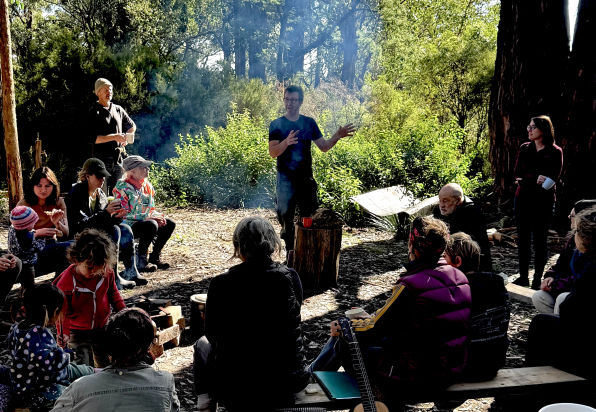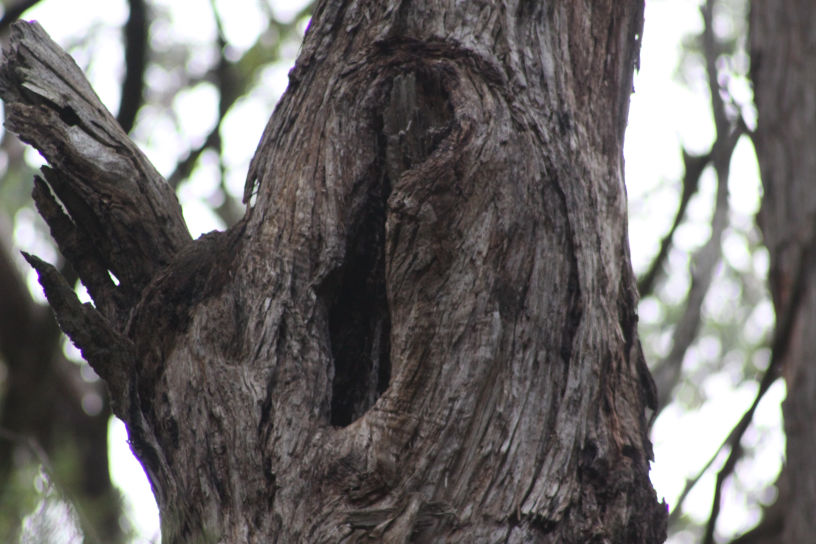
Support broader conservation efforts
Support policies and groups that protect old-growth and regrowth eucalypt forests — The Gippsland Forest Guardian and Gippsland Threatened Species Action Group are active in the Strzelecki Ranges and other key Gang-gang areas.
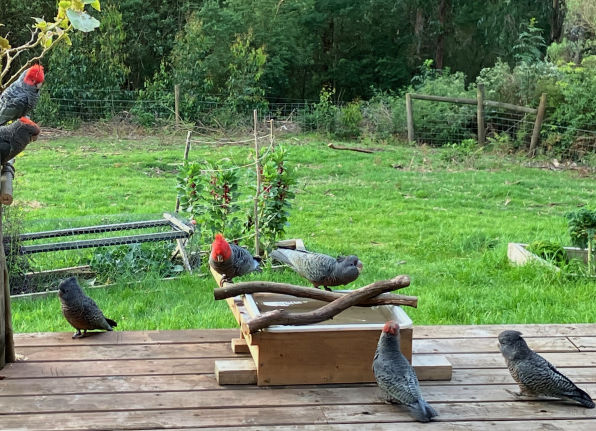
Provide clean, safe water
Continue maintaining a shallow, easy-to-clean water bowl as you already do. Keep it away from other bird feeding areas and clean it daily to prevent disease spread, especially avian influenza.
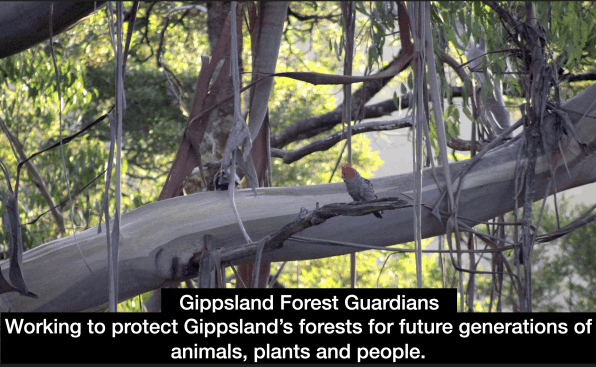
Protect known nesting and feeding areas
If you know of active or potential nest trees, report them to the Gang-gang Cockatoo Recovery Team or your local Landcare or council biodiversity officer so they can be mapped and protected.
If there’s forestry, development, or hazard reduction burning planned nearby, make sure those responsible know Gang-gangs are present.
